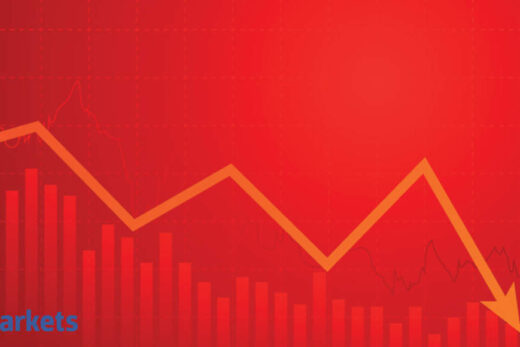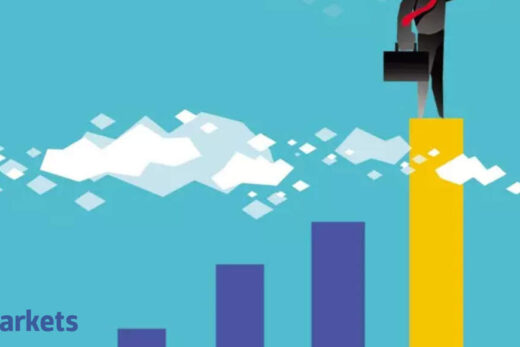1. READY, STEADY, GO
New Zealand’s central bank meets on Wednesday and looks set to become the first major economy to lift interest rates since COVID-19 hit.
Super-strong jobs data have cemented expectations of a hike, which would be New Zealand’s first since mid-2014. What a contrast with 2020, when rates were slashed 75 bps to 0.25% and a move below zero became a real possibility.
Norway’s central bank, meeting on Thursday meanwhile, could reiterate it will increase rates in September.
Investors, focused on prospects for Fed tapering as labour conditions improve, have boosted the dollar. New Zealand and Norway are a reminder that the greenback is not the only currency standing to benefit from the monetary policy shift under way in the G10.
2. MALLRATS
The U.S. economy is growing robustly and the labour market is rebounding. However, COVID-19 remains a headwind and coming days should bring a fresh perspective on how consumers are faring.
U.S. retail sales likely fell 0.2% in July, after an unexpected rise in June, data on Tuesday is expected to show.
And several large retailers including Walmart (WMT.N), Target (TGT.N), Lowe’s (LOW.N) and Home Depot (HD.N) will report quarterly results. Earnings are due too from Ross Stores (ROST.O), TJX Companies (TJX.N) and Bath & Body Works (BBWI.N).
These come at the end of a stellar U.S. second-quarter results season. S&P 500 (.SPX) earnings are expected to have jumped 93.1%, well above prior expectations of 65.4%, according to Refinitiv IBES.
Fed policymakers, assessing when to start unwinding stimulus, will be watching.
3. DELTA BLUES
The Delta variant is close to breaching Asia’s COVID-zero fortresses, with outbreaks and lockdowns looming over what once appeared the world’s most promising regional rebound.
Save for Taiwan and New Zealand, where strict border controls appear to have kept the variant at bay, cities from Sydney to Seoul are finding it hard to contain infections.
In China, Delta has been detected in over a dozen cities, bearing down on a faltering economy, forcing economists to cut growth forecasts.
We will get a snapshot of how the economy fared in July as local activity and flight curbs bit – retail sales, industrial output and house price numbers are all due on Monday.
4. APOCALYPSE NOW
If this summer has shown us anything, it’s a glimpse of the sort of havoc the planet faces if the climate emergency is not fixed fast.
Apocalyptic forest fires, floods and drought are laying waste to swathes of Greece, Canada, Turkey, China, Argentina and the United States. Extreme weather consequences include deaths, homelessness, social unrest and rising government debt.
The climate emergency will raise costs everywhere: insurance covers just 60% of disaster-linked losses even in rich North America; it falls to 10% in China, Swiss Re estimates. Worse still, the fires are exacerbating emissions, while forests meant to act as carbon sinks will take decades to regrow.
Until now, warnings, including a recent United Nations one, have had limited impact. But with a global climate conference due in November, this summer’s climate disasters might well swing the pendulum.
5. AFGHAN ABYSS
The Taliban’s rapid advance towards Kabul has raised alarm not only about Afghanistan’s future but also the wider spillover in what is already a dangerous neighbourhood.
Iran to the west, the central Asian republics of Tajikistan, Turkmenistan and Uzbekistan to the north may be at risk, but for markets, Pakistan to the east will be the immediate focus.
Pakistan has lots of debt and a sizable equity market. It also depends on a $6 billion IMF programme. The prospect of years of Taliban violence and mass waves of Afghan refugees will add to the struggle to repair its finances.



